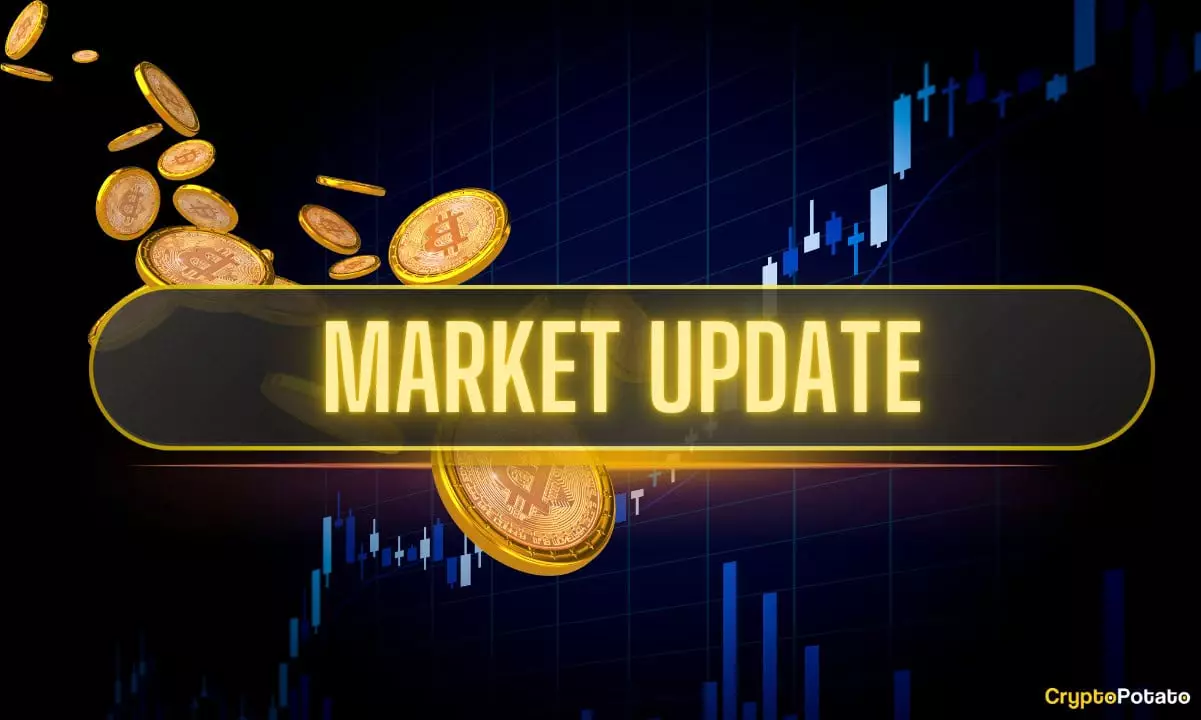This week’s incredible surge in the cryptocurrency market has sent shockwaves through an industry often plagued by volatility and skepticism. Bitcoin, the flagship asset, shattered previous ceilings, climbing over $118,000, and briefly touching a new all-time high of $119,000. Such explosive growth raises eyebrows and questions about the sustainability of this rally. Critics could dismiss it as a transient spike driven by speculation, but looking beyond the surface, there are compelling reasons to see this as a significant shift—if not a fundamental one.
What makes this rally different? The on-chain data, notably from CryptoQuant, suggests that the rally stems from a confluence of strategic moves by institutional investors and dormant whale activity. The fact that retail investors have yet to join the frenzy indicates this isn’t a retail-driven bubble but rather a calculated move by big players seeking to reset the narrative around Bitcoin’s valuation. Historically, such large-scale institutional interest signals a potential for broader adoption rather than a passing phase of hype. Yet, skepticism remains—can this momentum be sustained, or will it unravel as quickly as it formed?
Market Dynamics: A Mixed Bag of Optimism and Caution
Despite Bitcoin’s meteoric rise, the broader market landscape remains tumultuous. The total market capitalization now hovers around $3.75 trillion, with Bitcoin’s dominance dipping slightly to 62.4%. This decline in dominance is attributable to the remarkable gains of altcoins, many of which posted double-digit weekly increases. Ethereum, XRP, Cardano, and even meme coins like DOGE and SHIB have all surged, highlighting a shift in investor appetite from a Bitcoin-centric focus to a more diversified portfolio of digital assets.
Part of this diversification can be linked to recent developments that resonate with center-right liberal values—namely, the push for institutional legitimacy and mainstream adoption. Ripple’s partnership with the venerable BNY Mellon to custody RLUSD signals growing confidence from traditional financial institutions—an essential step towards transforming the crypto space into a more credible and regulated environment. Meanwhile, Ethereum’s record inflows and BlackRock’s ETF surge underscore how traditional finance is cautiously aligning itself with cryptocurrency assets, blurring the lines between decentralized innovation and centralized authority.
However, this enthusiasm isn’t without risks. The market’s brittleness is evident in the precedent of major exploits like the GMX hacker incident, which saw $42 million stolen before most of it was returned following a bounty offer. Such events expose the fragility of security protocols and the perpetual threat of cybercrime that hangs over the industry, cautioning even the most optimistic investors to remain vigilant.
Regulatory Underpinnings: A Double-Edged Sword
One of the most notable developments this week is the geopolitical backdrop—tariffs, trade tensions, and legislative uncertainty. Despite these headwinds, the market responded with astonishing resilience. The narrative often spun by proponents of free markets and economic liberalism is that innovation and open financial systems thrive best when left under the guiding hand of transparent, predictable regulation. The recent aggressive tariff actions by global powers threaten to destabilize economies, yet the crypto market appears largely unfazed.
This paradox reflects a deeper truth: the decentralized nature of cryptocurrencies offers a form of protection against traditional governmental meddling. Yet, it also invites scrutiny. The reluctance of regulators to establish clear, supportive frameworks may hinder long-term growth, despite short-term rallying. Nevertheless, the current momentum—fueled by institutional interest and on-chain activity—suggests that the industry is gradually shifting towards a more resilient and credible paradigm. A central-right liberal stance advocates for balanced regulation—protecting consumers and investors without stifling innovation. If achieved, it could serve as the underpinning for sustainable growth, bolstering market confidence without inviting draconian crackdowns.
The Road Ahead: A Volatile, Yet Promising Future
Looking forward, the trajectory of cryptocurrencies remains uncertain but undeniably intriguing. The recent breakout has captured headlines, and industry giants are signaling their intent to integrate crypto assets more deeply into mainstream financial products. BlackRock’s ETF inflow of $300 million into Ethereum is not just a record; it’s a statement that traditional capitalism’s acceptance of crypto is accelerating.
Yet, the market’s foundation remains fragile amid ongoing regulatory debates and constant security threats. The key question: will this rally persist, or is it merely a short-lived display of bullish fervor? For center-right liberals advocating for a free-market approach with sensible oversight, this period presents an opportunity to promote policies that foster innovation while safeguarding financial stability.
The coming weeks will test whether the current surge is the beginning of a new chapter of maturity or just another volatile chapter in the ongoing saga of cryptocurrency’s evolution. As bullish sentiment persists among institutional investors and infrastructure improves, the industry could be on the cusp of a genuine transformation—one rooted in practical regulation, mainstream acceptance, and resilient growth. Whether this will deliver lasting value or fade into just another speculative bubble depends on the industry’s ability to strike that delicate balance between freedom and oversight—a challenge that will define the future of digital finance.


Leave a Reply